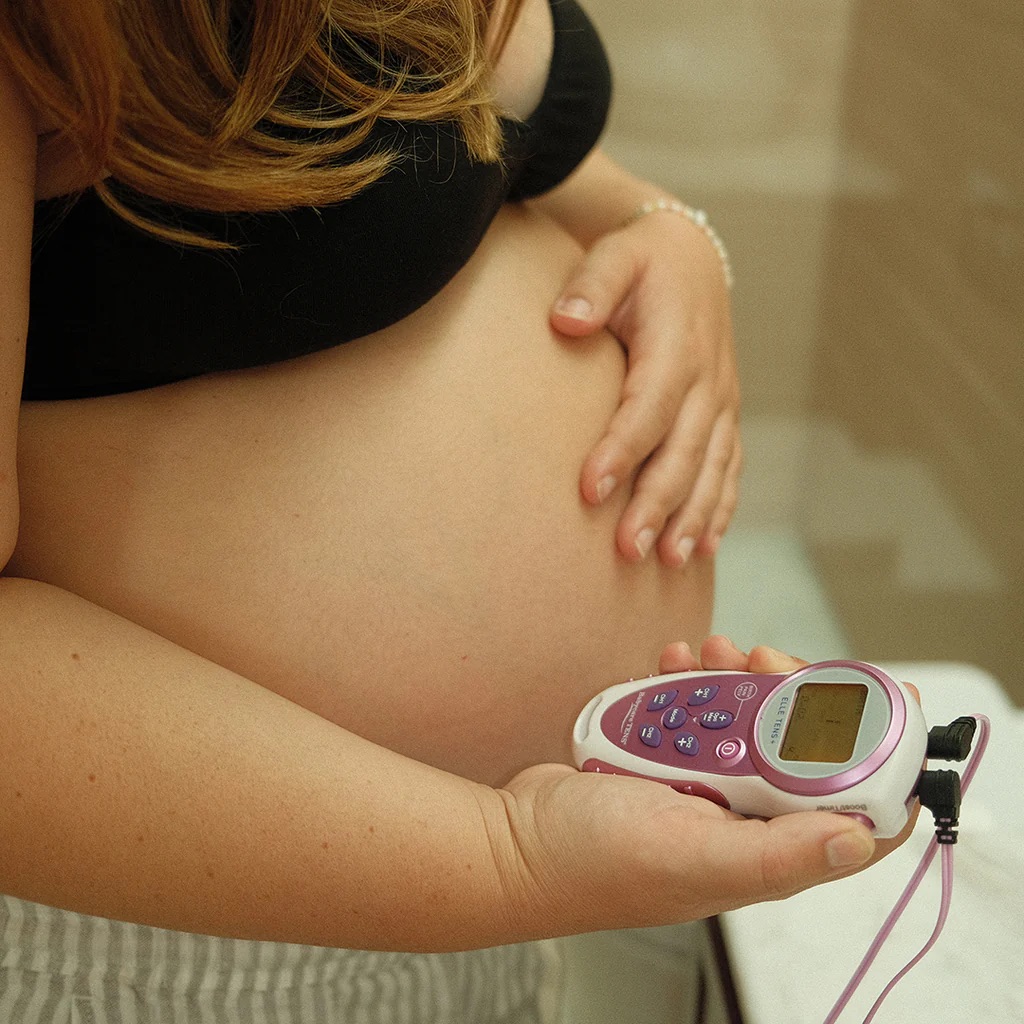If you experience the below, don’t panic!. This list represents when it may be a good time to touch base with your obstetrician or midwife as your baby might be on the way.
-
Your waters break. If you notice a gush, a slow dribble or any trickling of clear fluid, it’s likely your baby’s sack has broken, releasing the antinomic fluid. Despite how it seems in the movies, waters break before active labour begins in just 10 percent of pregnancies.
-
If the fluid is browny-green or you notice blood or an unusual door - it’s important to call your obstetrician or midwife immediately. This could be meconium meaning your baby has done a poo inside of your uterus. There are a few aspects of risk here. Firstly, the passing of a poo could be a sign that your baby is in distress and secondly; if the baby ingests the meconium, it can enter their lungs and present significant health problems after birth.
-
You’ll pass your mucus plug, in other words, you’ll experience ‘The Show.’ During your pregnancy, an assemblage of mucus will form a plug in the cervical canal. The role of this plug is to keep any bacteria or infection out of your uterus and away from your baby. Pretty incredible right? As you reach the end of your pregnancy and your cervix prepares for birth, this plug will need to vacate… hence ‘The Show.’ It’ll be very sticky and jelly-likeIt’s also good to note that not all women will experience this,
-
You may experience deep and uncomfortable lower back pain or contractions that become closer together and intensify in terms of pain. Contractions feel like a tightening across your belly as your cervix dilates, allowing the baby to move down. If you think it’s ‘go time’, start the timer and write down the duration of each contraction, as well as the time in between (i.e. in between when they start and stop). When each contraction lasts 45-60 seconds, they’re recurring every 5 minutes … and this pattern continues for roughly one hour, call your obstetrician or your midwife! It's time to grab your hospital bag and head in.
Note, by this stage you may find the pain or discomfort so much so that you’re unable to talk or text. If this is the case, put your birth support person in charge of all communications. Your job is to focus on breathing.
- Braxton Hicks are often referred to as “false labour.’ It’s not uncommon for this type of contraction to send a woman into hospital, as they can feel very similar to the real deal. Braxton Hicks is a tightening of the uterus but with the absence of pain. As they can be exceptionally uncomfortable to bear, try to focus on changing your position, running a warm bath or a shower until they disappear. Unlike labour contractions, Braxton Hicks will not get closer together over time nor will they become stronger or more painful. This is what usually differentiates them from labour contractions.
As always, if you’re unsure or you feel doubtful or any sense of fear, call your midwife or your obstetrician for support.
-
You may notice a strong urge to poo. This can signal the baby's head pushing against your bowel as they move down toward the birth canal.
-
You may find yourself frantically tidying, sorting, cleaning or preparing. This is a completely bizarre surge of ‘nesting’ but one not to be ignored.

Like anything else during pregnancy, if in doubt, call your obstetrician, your midwife or go to the hospital. No one will judge you and they’d much rather say ‘Come back in an hour” rather than, “We wish you would have come in an hour earlier.’
There are however particular instances where you should make contact with your birth team asap or head straight to the hospital as a matter of urgency.
These include, (but are not limited to);
- If you notice a decrease or a change in your baby’s movements.
- If you think your waters have broken, especially if you notice meconium in your waters. The tell tale sign will be if the fluid appears browny-green or smells unusual.
- If you experience bright red bleeding.
- If you experience severe pain or you feel very unwell.
- If you experience headaches, visual disturbances or extreme swelling.
- If you experience strong and regular contractions that are painful. This is a good sign you could be in labour, especially if the contractions are lasting 45-60 seconds each, if they’re coming five minutes apart and if this pattern continues for an hour.
- If you feel ready to go to the hospital. Never underestimate the power of what your gut tells you. You know your body and your pregnancy more than anyone else.











